Nicolaus Copernicus was the first astronomer to develop a complete theory of the universe with the sun at the center. With his “heliocentric model” published in 1543, Copernicus showed that the motions of celestial bodies could be explained without placing Earth at the center.
At that time in Europe, the prevailing theory of the heavens was the Ptolemaic system, in which all celestial objects were thought to revolve around our planet. By removing Earth from this special position in the universe, Copernicus helped set in motion the Scientific Revolution of the 1500s and 1600s.
In the Nicolaus Copernicus House Museum, where the astronomer and cleric was purportedly born in 1473, exhibits tell the story of Copernicus’ life and work, life in medieval Poland, and even the art of gingerbread making.
The museum is contained within two adjacent Gothic burgher homes that belonged to Copernicus’ father. Complete with period furniture and reconstructed interiors, the buildings illustrate the merchant culture of the 15th and 16th centuries.
One curious exhibit that further demonstrates medieval life is a 1973 scale model of Toruń as it was in 1500. Through light and sound, the computer-controlled model simulates wars and other events that took place in the Polish city.
The astronomy-related exhibits feature replicas of Copernicus’ instruments (astrolabe, triquetrum, and quadrant), a recreation of his study, and a facsimile of the first edition of his seminal work “De revolutionibus orbium coelestium” (On the Revolutions of the Heavenly Spheres). Also reconstructed at the museum is the oldest collection of Copernicus memorabilia, originally displayed at the National Polish Museum of Rappersville, Switzerland in 1870.
In what is surely a unique departure from the average science museum, the Copernicus House also features an exhibit on the history of the Toruń gingerbread craft. Here, visitors have the chance to learn about a tradition dating back to the 14th century as well as bake gingerbread of their own.
Community Contributors
Added by
Edited by
The Atlas Obscura Podcast is Back!







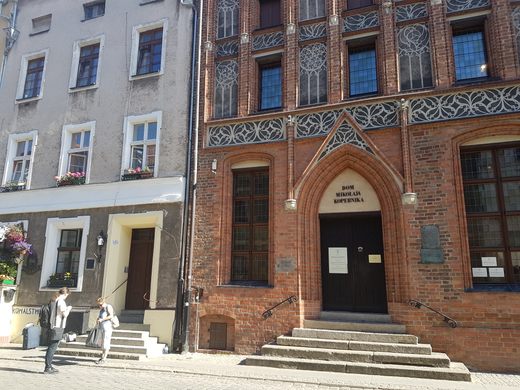





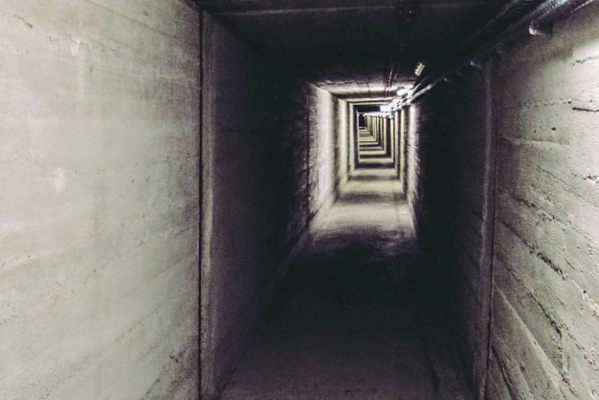
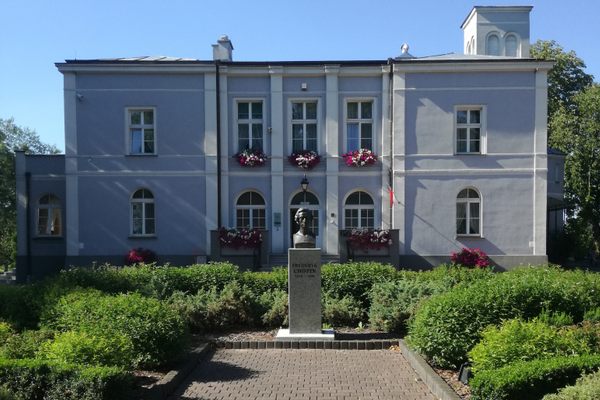

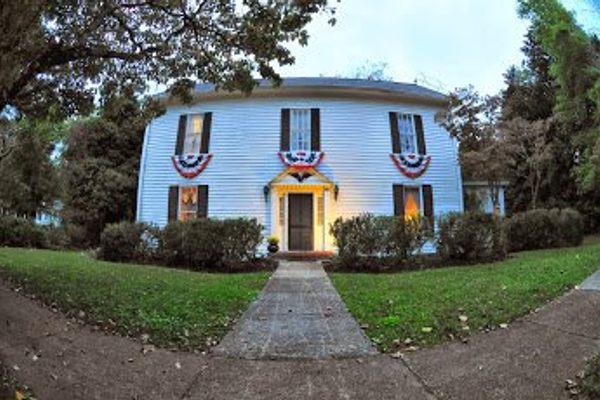
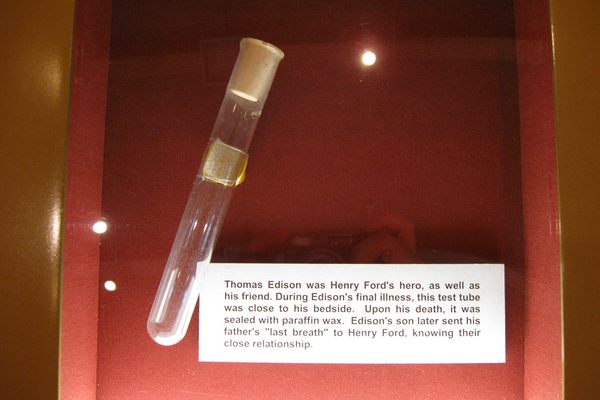



Follow us on Twitter to get the latest on the world's hidden wonders.
Like us on Facebook to get the latest on the world's hidden wonders.
Follow us on Twitter Like us on Facebook